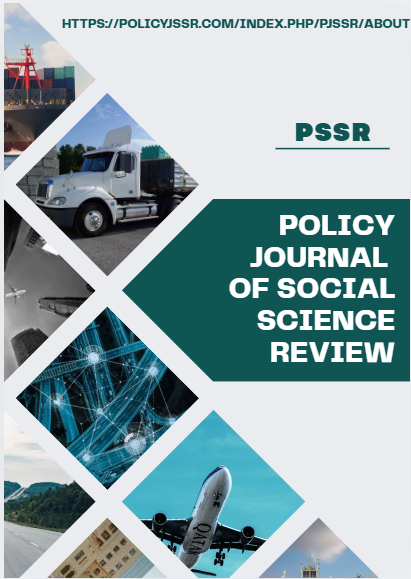CPEC Plus: Advancing Geo- Economic, Regional Connectivity And Geo-Strategic Domains
Abstract
The China-Pakistan Economic Corridor Plus (CPEC Plus) represents a significant evolution of the original CPEC initiative, expanding its scope beyond bilateral cooperation to include broader regional integration. In addition, CPEC Plus in promoting inter-connectivity across Asia particularly China and South Asia, Central Asia and the Middle East investing regions. New infrastructure like better roads, railway networks, better ports, and energy infrastructures have been provided by CPEC Plus for a stronger connected and competitive economy of the region. This connectivity is not only of transportation systems but also of digital, energy, and trade systems for acceleration and increasing transactions, thus engendering new development prospects for the region. The project aims to transform Pakistan into a trade hub by linking China’s western provinces to the Arabian Sea through Gwadar Port, enabling access to the Middle East, Africa, and European markets. Simultaneously, it enhances China’s energy and trade security by reducing reliance on vulnerable maritime routes like the Strait of Malacca. Moreover, CPEC Plus offers enormous potential for economic development, regional integration, and investment. Furthermore, CPEC Plus has elevated Pakistan’s strategic position, making it central to China’s regional ambitions and prompting new defense, intelligence, and diplomatic alignments. In conclusion, CPEC Plus is more than a transport initiative—it is a transformative mechanism fostering economic interdependence, geopolitical shifts, and the emergence of a new regional order.





